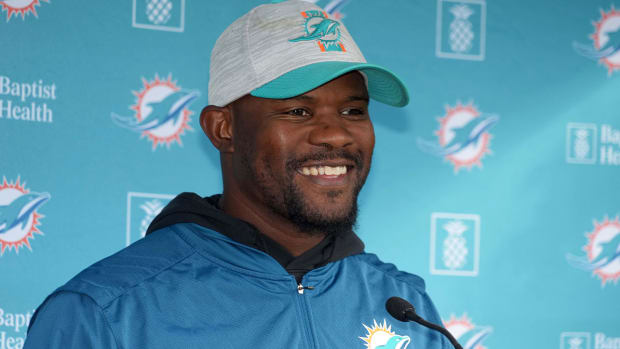
On February 1, 2022, former Miami Dolphins head coach Brian Flores filed an explosive class action lawsuit against the National Football League alleging widespread discrimination against Black and minority candidates seeking head coaching and other leadership positions within the league. In Flores’ 58-page complaint, he makes allegations that touch on various different types of evidence that can be utilized to prove discrimination in the workplace, including:
1) Statistical Analysis – One of the more compelling allegations made by Flores is that despite the fact that although around 58 percent of NFL players are Black — and another 12 percent identify as multiracial, Latino, or other people of color — there was only one Black head coach remaining in the league until just a few days ago, when the Houston Texans hired Lovie Smith and the Dolphins hired Mike McDaniel, who is multiracial. This type of statistical analysis can be crucial in discrimination cases, especially when dealing with large-scale employers where hiring practices, disciplinary record, and promotional decisions can be scrutinized by assessing the diversity of the company using a number of factors. Is the company’s leadership or a particular department not fairly represented by a diverse group of employees? Are minority employees disciplined at a higher or more severe rate? Are promotions awarded more often to individuals of a certain race or gender? These are all situations in which statistical analysis can come into play to establish a discrimination claim.
2) Comparators – The allegation in Flores’ complaint that captured the most attention was a series of text messages from New England Patriots head coach Bill Belichick to Brian Flores that were actually intended to be sent to now-New York Giants head coach Brian Daboll. In the text messages, Belichick seemingly confirms that Daboll, who is White, had been offered the New York Giants head coaching job three days before Flores was set to interview for the position. Flores’ use of Daboll, as well as many other examples of White head coaching candidates being treated more favorably than Black and minority candidates is a prime example of the use of “comparators” in discrimination cases. The use of comparators, where a plaintiff attempts to show that the plaintiff was treated differently than a similarly-situated individual outside the plaintiff’s protected class. Flores cites many different situations, including another highly publicized allegation against the Denver Broncos, where he was treated far differently than White coaching candidates. It is important to note that comparators can only be used for individuals who are “similarly-situated in all material respects,” meaning:
- Comparators do not have to have precisely the same title;
- Minor differences in job function will not disqualify a would-be comparator;
- Comparators engaged in the same basic conduct (or misconduct) as the plaintiff;
- Comparators have been subject to the same employment policy, guideline, or rule as the plaintiff;
- Comparators, ordinarily, have been under the jurisdiction of the same supervisor as plaintiff; and
- Comparators share the plaintiff’s employment or disciplinary history.
3) Direct Evidence – One type of evidence that Flores does not allude to in his complaint is the presence of the “direct evidence,” which is evidence that “directly reflects the employer’s discriminatory motive,” like a statement by an employer that it fired or didn’t hire an employee for a discriminatory reason. Direct evidence is rare, as employers will ordinarily hide any discriminatory motives behind employment decisions. However, it is not outside the realm of possibility that Flores would uncover some direct evidence of discrimination during the discovery process, if his case makes it to that phase of litigation.
As the Brian Flores lawsuit illustrates, there are many different types of evidence that can be proffered to prove discrimination in the workplace.

